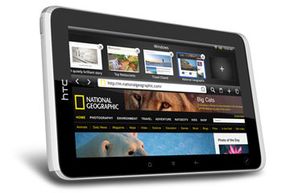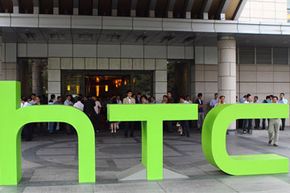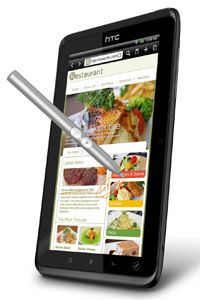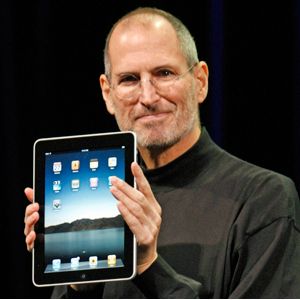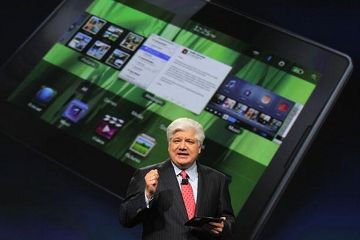HTC, a Taiwan-based company known for its touch-screen mobile telephones, entered the tablet market in 2011 with the HTC Flyer. A version of the Flyer with cellular capabilities is sold by Sprint under the name EVO View 4G.
Mobile, Internet-capable devices like the Flyer and EVO View have gained more than a foothold in American households. By the close of 2010, global sales of smartphones had surpassed PCs [source: Weintraub]. And forecasters predict that by 2015, tablet sales will eclipse PC sales, too. According to Forrester Research, which gathers and analyzes industry-specific data, an estimated 20 million-plus tablets will be sold in 2015 in the United States alone [source: Schonfeld].
Advertisement
The Flyer and EVO View each cost around $500, about the same as HTC competitors' entry-level tablets like the Motorola Xoom, the BlackBerry PlayBook and the recently discontinued HP TouchPad. Some of these tablets, like the PlayBook, initially lacked crucial features like e-mail. Although the HTC tablet does include e-mail, along with other useful features like streaming movies, it wasn't met with critical acclaim.
Because the Flyer/EVO View share such striking similarities to multimedia mobile phones like the HTC Sensation, these HTC tablets have been described as oversized smartphones that don't actually make calls [source: Perlman]. It doesn't help that the tablets run on the phone-centric Android 2.4 (Gingerbread) operating system, which causes the occasional hiccup when used for tablet-sized content streaming and downloads. Other operating systems tend not to have these issues, like Android 3.0 (Honeycomb), which was created specifically to handle the increased data demands of tablets [source: Biddle].
Want to learn more about the underpinnings of HTC tablets? We'll take an in-depth look at its operating system and apps on the next page.
Advertisement
